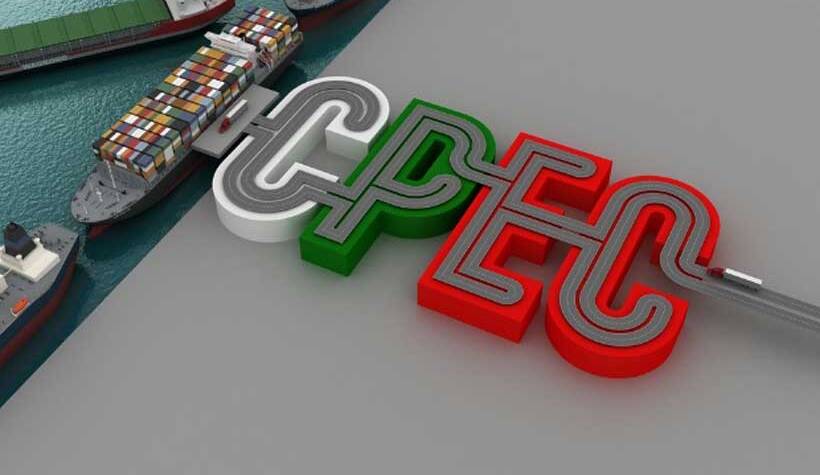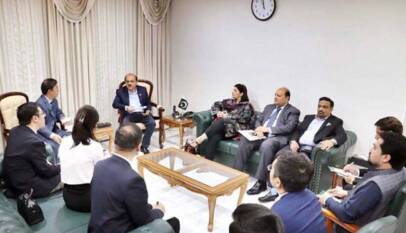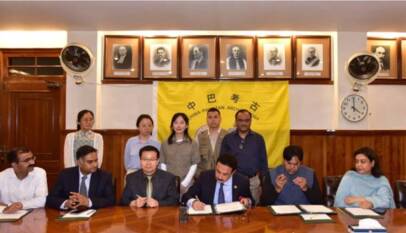Special Economic Zones vital for Pakistan’s industrial growth under CPEC, expert says
Ahsan Munir, a freelance columnist, reports on recent developments regarding the China-Pakistan Economic Corridor (CPEC). China has expressed readiness to collaborate with Pakistan to enhance CPEC for a mutually beneficial future. Caretaker Prime Minister Kakar highlights Pakistan’s utilization of early harvest projects and ongoing engagement with China for the next phase of CPEC. This has led to extensive discussions between high-ranking Chinese officials and Pakistan’s leadership. Special Economic Zones (SEZs) are crucial in the second phase of CPEC, aiming to bolster industrialization, technology transfer, and employment. However, progress varies among provinces; while Punjab has seen success, other regions like Khyber Pakhtunkhwa and Balochistan face challenges such as stalled development and security concerns. All provincial authorities have established SEZ management bodies, but operational challenges persist, requiring continuous financial support. Munir suggests that for CPEC to benefit local populations effectively, China should collaborate with Pakistani authorities to develop and populate SEZs, fostering goodwill and strengthening bilateral relations.
Recently, China said it is ready to work with Pakistan to upgrade the China-Pakistan Economic Corridor (CPEC) for a more shared future in the new era. Caretaker PM Kakar said after having achieved the first phase of CPEC, Pakistan is benefitting from its early harvest projects while remaining engaged with China to execute the next phase. Consequently, there has been a flurry of activities involving the meeting of high-ranking Chinese officials with the senior leadership of Pakistan, PM and COAS, to achieve consensus on the next phase of CPEC.
Special Economic Zones (SEZs) constitute an important segment of the second phase of CPEC. SEZs have been approved in all four provinces of Pakistan with the aim to improve and encourage: industrilisation, technology transfer, making use of local raw materials, employment creation and revenue generation. To facilitate the creation and management of SEZs, authorities have been established in all four provinces of Pakistan, with a Federal authority to approve SEZs at the national level. The Board of Investment (BoI) at the federal level in consultation with the provinces is the competent authority to approve SEZS in the four provinces.
Khyber Pakhtunkhwa Economic Zones Development and Management Company (KPEZDMC) has been established in KPK for SEZs management. However, other than managing the Hattar Economic Zone, which was already established as an industrial estate in the 1990s, not much of SEZs in KPK have been populated. Rashakai SEZ was a flagship project by KPEZDMC to be developed in collaboration with China, but its development and industrialisation has stalled for one reason or the other. Similarly, the Balochistan Economic Zones Authority has been set up to establish and promote industrial activity in Balochistan. Bostan, Gidani and Hub Economic Zones have the potential to attract local and foreign investors. However, among other factors, law and order would prove to be the Achilles heel for Balochistan economic zones.
The Punjab Board of Investment and Trade (PBIT) serves as the Secretariat of the Special Economic Zones Authority. PBIT has approved several SEZs across Punjab, some of which are more successful than SEZs in other provinces which might, among other reasons, owe to the existing industrial base in the province along with better law and order situation, which is a pivotal consideration for investment by any foreign investor. Sindh Economic Zones Management Company (SEZMC) has been established to institutionally facilitate, promote, encourage and enhance the industrial base in Sindh. Dhabeji SEZ is the flagship project of SEZMC and is claimed to be a state-of-the-art and remarkable industrial facilitation project poised to become a thriving commercial hub that attracts and supports potential investors from around the world. However, information about the percentage of SEZ being populated, light and heavy industries established and the amount of revenue and jobs generated are amiss on the SEZMC website.
Thus, generally, areas have been allocated, civil infrastructure developed, and operational personnel hired by all provincial economic zone authorities to run SEZs under their control. However, SEZs are meant to generate economic and industrial activities and bring revenue and employment, which, at any time soon, for innumerable reasons, do not seem probable for most of the SEZs in all four provinces.
Presently, all the established SEZs need continuous operational budgets which are a constant monetary drain on the already cash-strapped provincial governments. Hence, for the people to benefit from CPEC and its SEZs in the true sense: in terms of jobs and industrial activity, it would be encouraging if China works with incumbent and future governments to populate and develop those SEZs having the potential, which would help generate goodwill among the local populace and further strengthen bilateral relations.
Experts say Pakistan needs stable policies to fully utilize China’s expertise in clean energy and industrial development
Pakistan’s energy sector investments are on a complex trajectory. Despite government effor…












